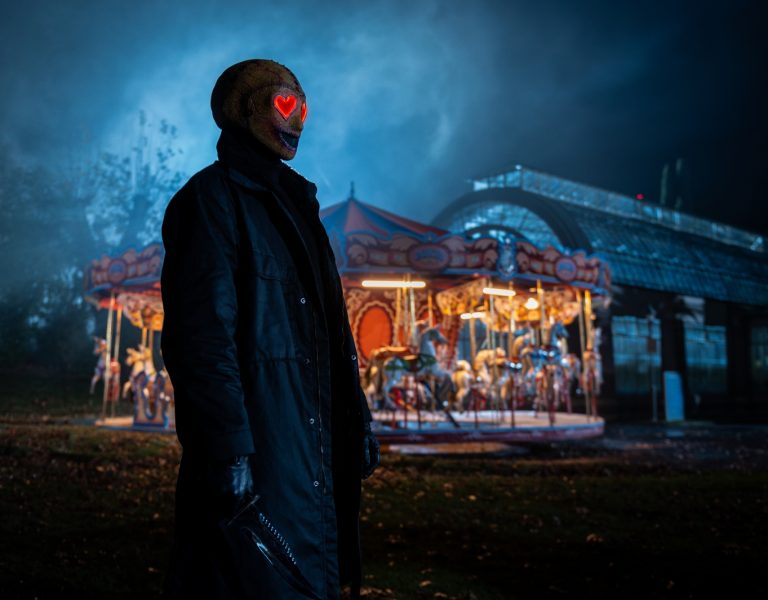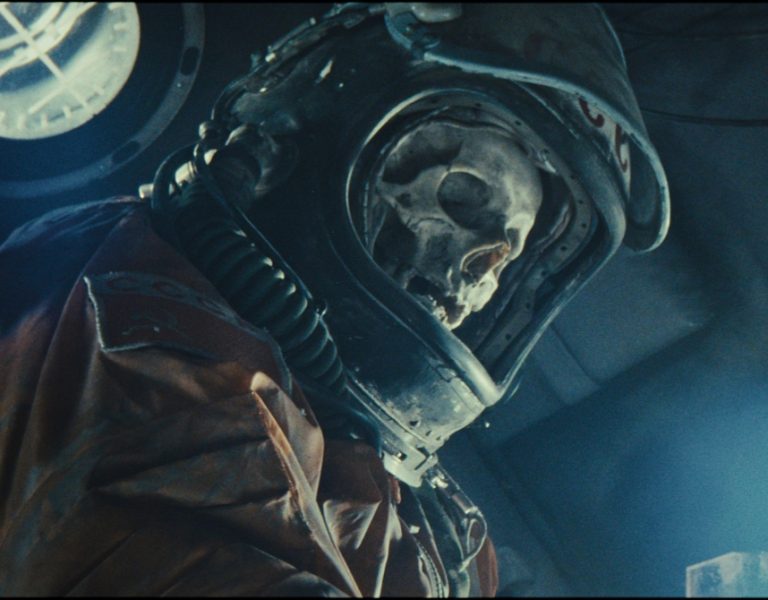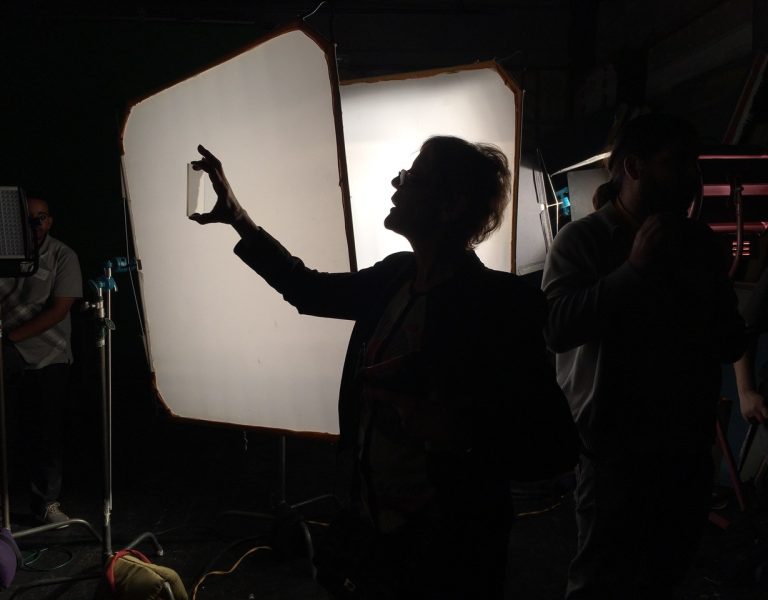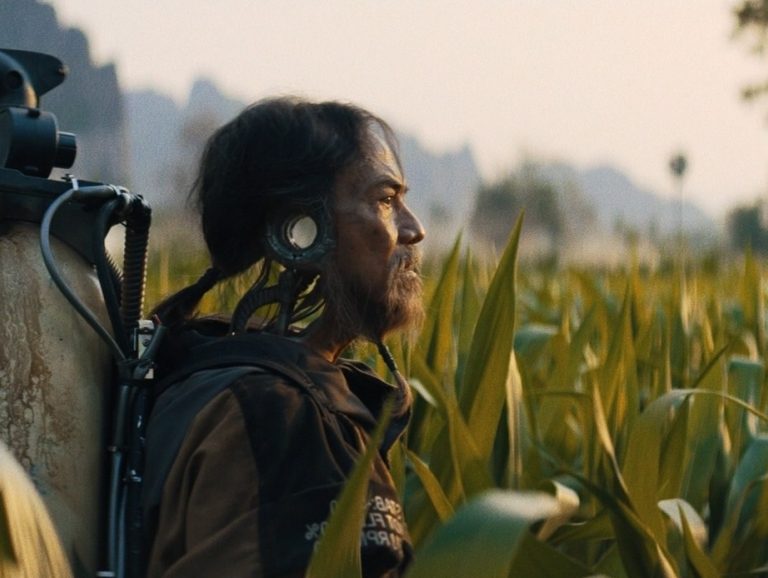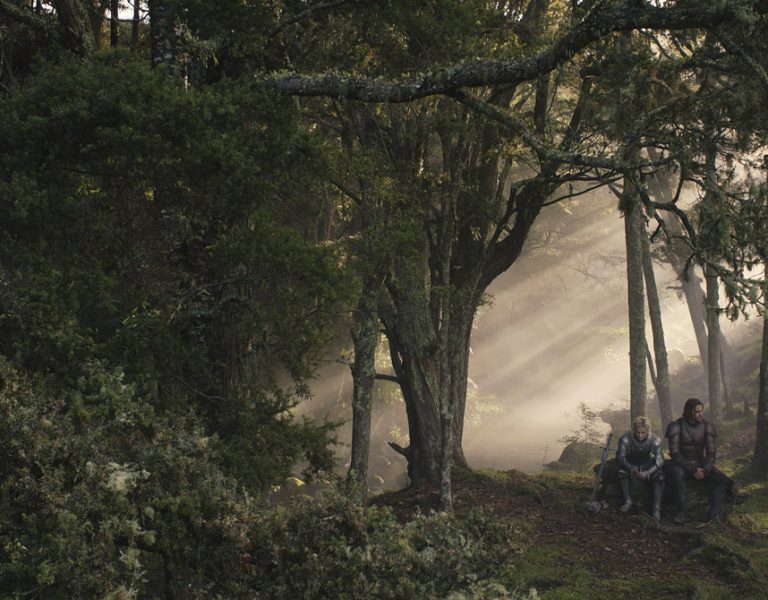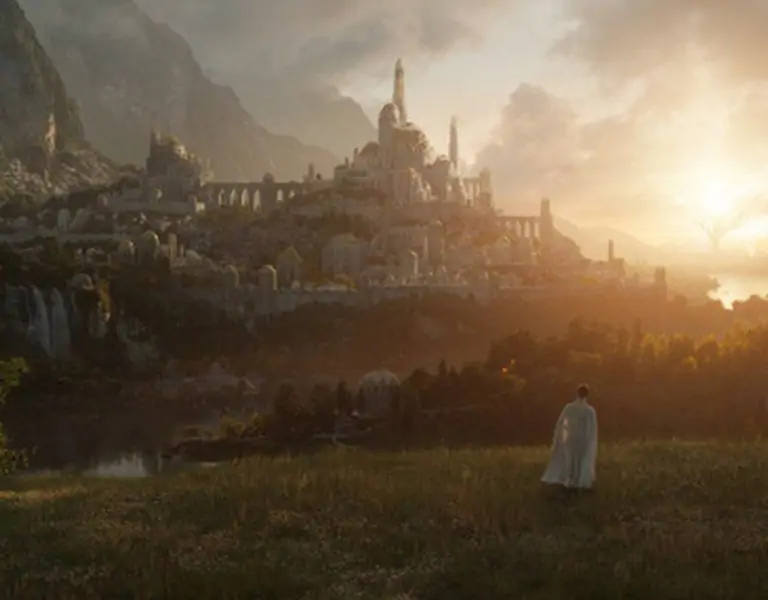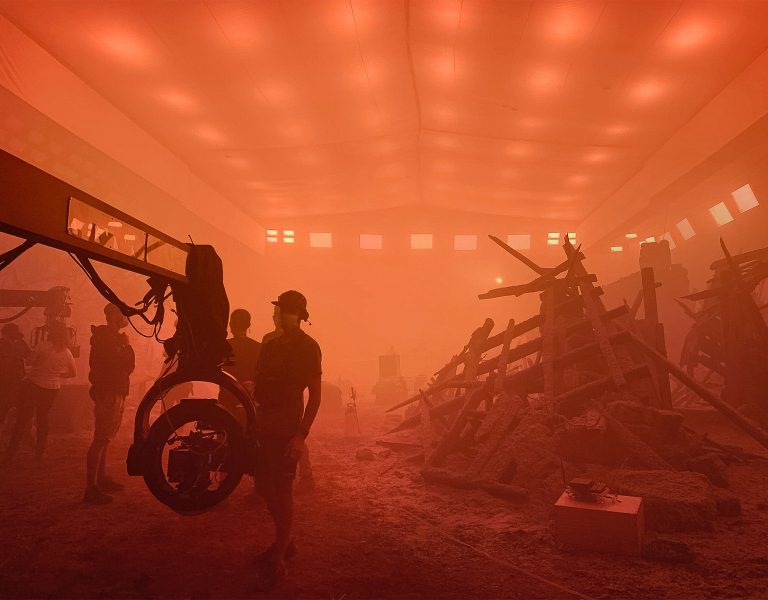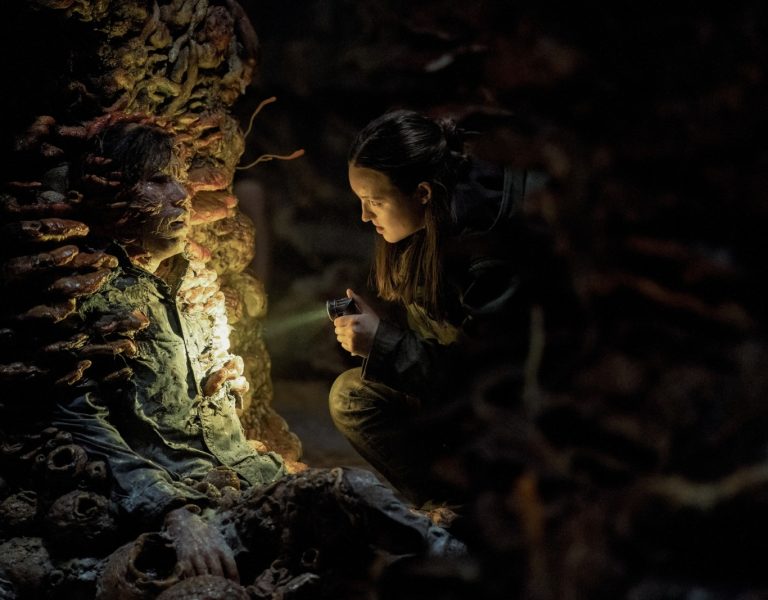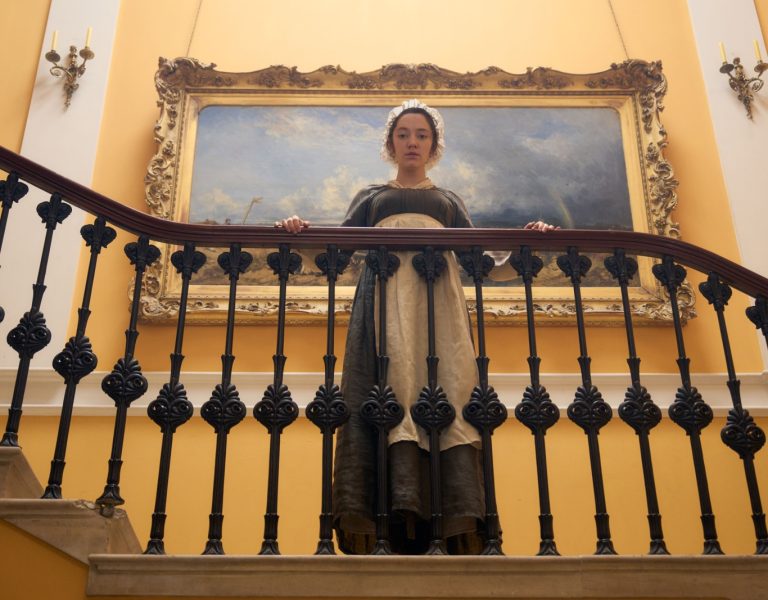WHEN EVIL RISES
Crafting The Lord of the Rings: The Rings of Power series two pushed the boundaries of storytelling, including orchestrating one of the most monumental battles ever captured on the small screen.
Season one of The Lord of the Rings: The Rings of Power pleasantly surprised audiences by exploring stories from J.R.R. Tolkien’s works that many believed had been fully examined. Drawing from The Lord of the Rings novel appendices, The Silmarillion, and Unfinished Tales, it brought fresh narratives to the screen. Now, with the second season, the magic and mystery of Middle-earth gallops back onto screens once more.
The new eight-part Amazon series explores the rise of Sauron and the forging of the Rings of Power, further expanding on the epic tales and characters introduced in the first season. The season boasted three directors—Charlotte Brändström, Sanaa Hamri, and Louise Hooper—and was lensed by lead cinematographer Alex Disenhof ASC, Jean-Philippe Gossart AFC, and Laurie Rose BSC. Disenhof was pleased with the camera kit from season one, so he used the ARRI Alexa Mini LF once again, paired with ARRI DNA LF lenses and the 65 DNAs, framing the shots in a 2.39:1 aspect ratio.
“The DNA 65 lenses are based on Hasselblad glass, while the DNA LFs use a different base of glass,” he says. “However, they share similar characteristics—soft and beautiful, but with a modern touch.”
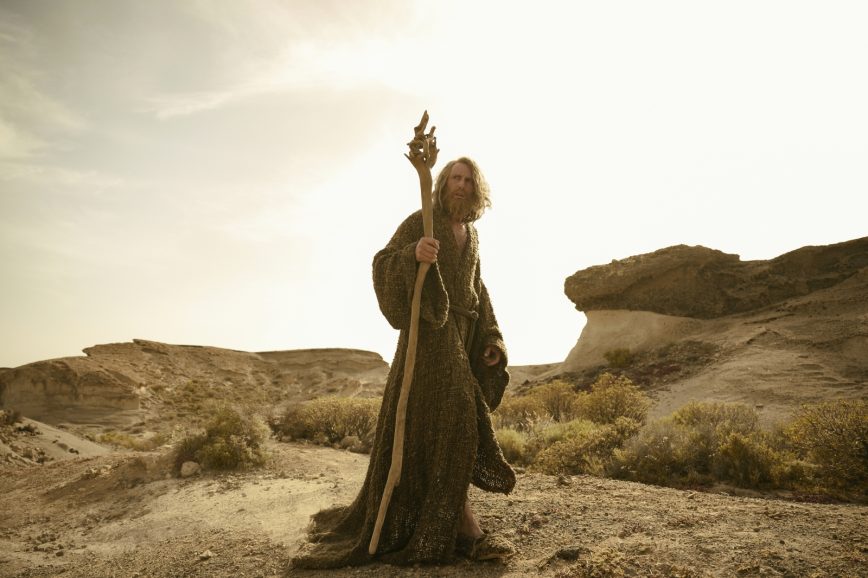
Gossart concurs. “Alex put together a great package to work with,” he says. “I was really familiar with the combination of Mini LF and DNA lenses by ARRI, which I have used on previous shows. They are stunning lenses with endless possibilities and are the closest spherical lenses that possess anamorphic qualities. My pre-production period with Sanaa was great; it gave us a chance to devise a plan that would support the story.”
Rose mentions he was “privileged” to spend a lot of time on set observing Disenhof and his working style during his preparation.
“Having the continuity of top-tier lighting, grip, and camera teams across the season was fantastic; it really keeps the backbone of the process in place, even if we had very different sets with different characters and stories,” he adds, name-checking key grips David Maund and Tony Fabian, operators Gary Spratling ACO/Assoc BSC, David Hamilton-Green Assoc BSC, James Layton ACO/Assoc BSC, and Pete Batten ACO as key people who “all of us worked together with at some point across the monster of a schedule.”
In season one, the DPs had limited control over the colour pipeline and colour correction. “One of the things I expressed when coming back for season two was my desire to be more involved with the colour science. That was a significant shift for us, especially since the story was getting darker.”
To facilitate this, Disenhof implemented a different colour workflow and crafted a base shell LUT, shifting the colours away from primaries and towards earth tones and pastels for a more filmic look than in season one. “For Mordor, the director Charlotte and I wanted it to feel almost black-and-white,” he explains. “A volcano has exploded there; it’s ash-covered, smoky, and there’s no direct sunlight. So I created another LUT for Mordor that was highly desaturated and more ‘contrasty’, which gave it a stark, dramatic feel.”
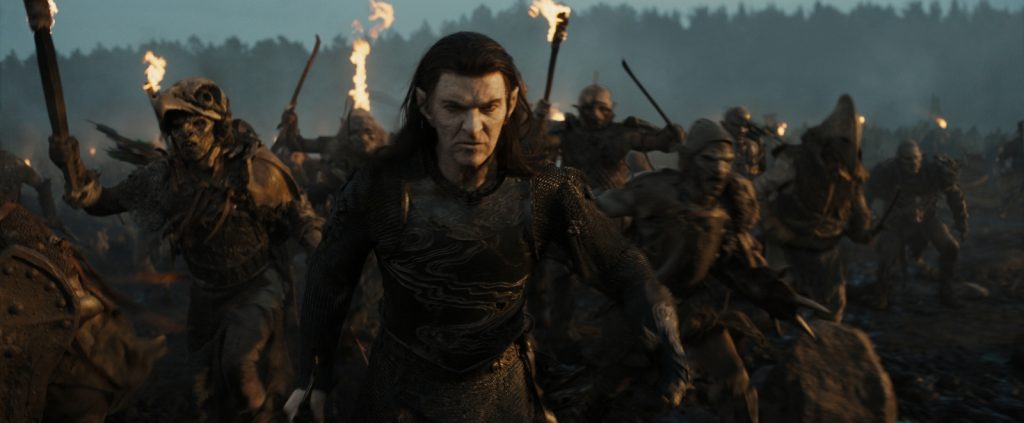
Choice of light
Due to the scale of The Rings of Power, Disenhof notes that vendors were eager to provide their latest equipment, allowing the team to test a wide range of gear. “David Sinfield, our head gaffer, was fantastic and brought so much to the table,” Disenhof continues. “We relied heavily on tungsten lights alongside the latest LED technology. The production moved to the Canary Islands for eight weeks to take advantage of the natural light and rugged terrain. A lot of it was planned around the sun,” Disenhof adds.
“Thankfully, everyone agreed when I suggested we shoot out of order to capture backlight and sidelight as much as possible, especially since we didn’t have the tools we would normally have, given our location on the side of a volcano.”
Sunlight also plays an integral role in the series, both real and artificial. For the latter, a robust group of lights was required for the large sets. “The punch of tungsten was essential, so we predominantly used it alongside a few reliable LEDs, including Creamsource Vortex, ARRI SkyPanels, Astera Titan Tubes, Auroris and LiteMats from LiteGear, and some HMIs,” Disenhof adds.
There’s a storyline involving the Harfoot characters and a wizard as they travel through the eastern part of Middle-earth called Rhûn—a land that many Tolkien fans have longed to see on screen but has never been portrayed. We were searching for epic desert landscapes, which we found in the Canary Islands, showcasing otherworldly vistas.”
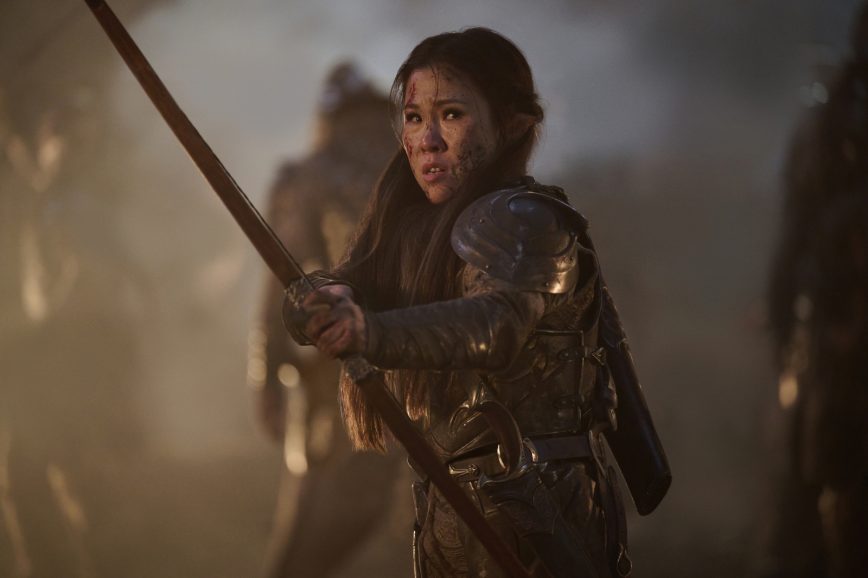
When Rose arrived in Tenerife, Gossart had been shooting his block sequences and had added a Filmotechnic F27 telescopic crane to the grip kit. “I fell in love at first sight,” Rose recalls. “It’s a 27ft carbon fibre telescopic crane with a payload capacity perfect for a fully loaded DJI Ronin 2. However, it can be split into a column base and arm, making it easy to hand-carry and place almost anywhere with a minimum footprint of 4ft. It blew my mind, and I still don’t think anyone has one in the UK.”
Far from the subtropical and temperate climate of the Spanish islands, the team prepared for a major battle scene at Buttersteep Rise in Windsor Great Park. This sequence, spanning from episode seven to episode eight, presented the biggest challenge for Disenhof, as it took six to eight weeks to shoot, mostly at night.
To illustrate the scale of the shoot, the orcs wielded 70-foot tall trébuchets built to launch fireballs into the city, targeting a cliff that would collapse into the river. The art department created a vast muddy riverbank that, while visually stunning, was a nightmare to shoot in, as one would sink knee-deep in mud after just a few steps. To mitigate this, they constructed decking that went underground and layered mud and soil on top, accommodating camera cranes and other heavy equipment. Manoeuvring was difficult; director, Brändström, even fell into a hole of mud that came up to her waist and had to be rescued by the stunt department.
“It’s one of the biggest battles, if not the biggest, ever to be seen on television,” Disenhof states. “There were 8,000 orcs attacking the city. We spent a year preparing for that battle scene. The set build took so long that I started working on positioning the entire city wall, drawbridge, and muddy riverbed, orienting it to the sun three months before I even got on the ground. I spent a year in London, with 160 shooting days for four episodes. It was a lengthy process.”
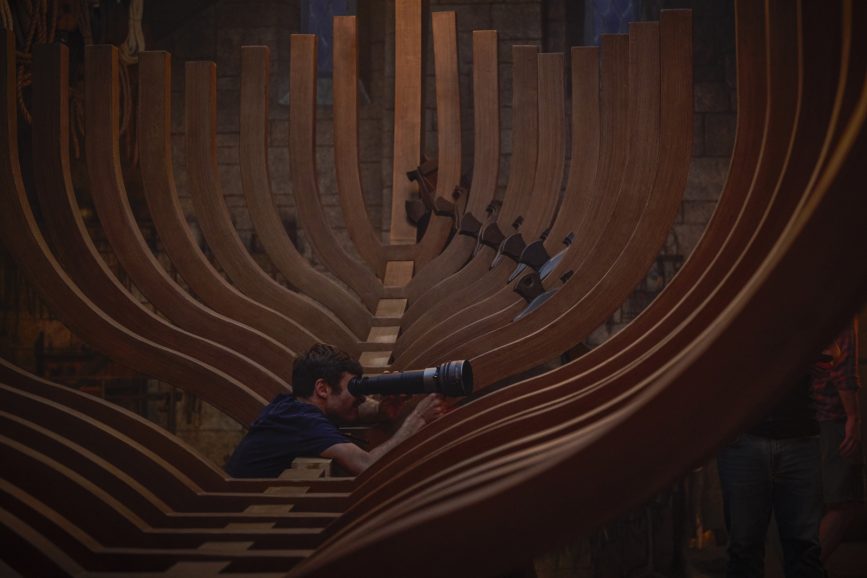
BTS battles
Projects of this scale are inherently challenging. As Disenhof puts it, “On a show of this magnitude, every day you arrive on set for what feels like the biggest shoot of your life, and the next day you’re continually one-upping yourself.” He adds, “But that also makes it fun—one day you’re shooting on a ship, then underwater, then in a desert, and finally at a massive battle in a muddy field. It’s like making different movies all in one. Logistically, it’s an enormous puzzle.”
Rose mentions that he hadn’t worked on anything of this enormity before. “This was large-scale filmmaking in one-hour segments—two episodes made up one very large feature,” he explains. “There’s never quite enough time, no matter the scale, especially when aiming so high. The sets and stages were exceptional; we worked on around eight stages simultaneously, with three large standing backlots and the entirety of Windsor Great Park forest. These were full-spectrum builds, with attention to detail in every single aspect.”
This view is shared by Gossart. “Where to start?” he says. “Scaling the scenes was challenging. You have to plan them in advance and decide weeks beforehand exactly how you are going to proceed. Jason Smith, our VFX supervisor, was amazing at making the process efficient and creative all the way.”
Rose introduced four large stages: Khazad-dûm, the Eregion Forge, the Númenor Shrine, and the Númenor Temple (a rebuilt set from season one, shipped over from New Zealand). “We had the advantage of eight hours of reference from season one, as well as the six theatrical films in Peter Jackson and Andrew Lesnie’s The Lord of the Rings and Hobbit series,” Rose continues. A key part of the process was managing character scale. A dedicated VFX team was formed to handle the integration of the different-sized races in Middle-earth—harfoots, dwarves, humans, elves, and so on. Whenever characters of different sizes interacted, the scale team would step in. My director, Louise Hooper, mastered this process. We first determined what we wanted to happen, and then the team would calculate the logistics, advising us on how best to shoot it using a Motion Control system.”
Scheduling meetings with the prosthetics teams was also crucial. The first few days of shooting involved 200 orcs, each requiring four prosthetic artists, and the work took hours in the chair. “The teams needed to know our shot list in advance because they couldn’t prepare all 200 orcs at once,” Disenhof explains. “We had to start with close-ups of as many orcs as we could get ready at the beginning of the day. By 1pm, all 200 orcs would be ready, but two hours later, they had to be derigged, which took a significant amount of time.”
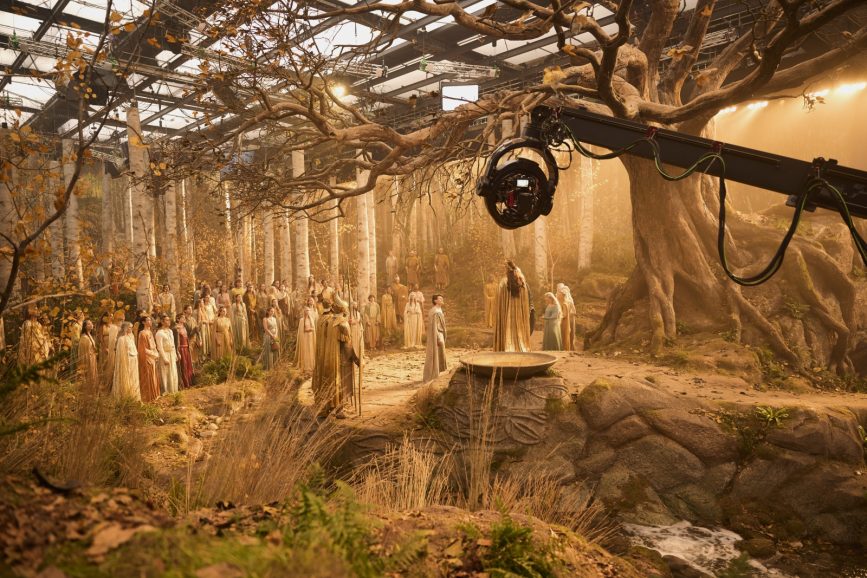
Magic moments
Gossart’s favourite sequence was the transition from day to night in a single shot towards the end of episode six, when Sauron walks through Eregion Square. “It was all done at night using lighting and camera movement,” he says. “It was such a great achievement to pull it off on camera. Timing was key.”
Rose formed the Block Two team with director Louise Hooper, PA Lyle Bushe and 1st AD Simon Aguirre. He also had a shadow DP in training, Heather Crompton, assisting me in prep which he cannot recommend highly enough for such a project.
“We prepped like crazy and devised all sorts of ideas for sequences, presenting those to the showrunners, JD Payne and Patrick McKay, in the War Room—a conference space that required special access, where all the plans and designs would be presented and discussed,” he says. “It was a fantastic process, collaborative and always supportive.”
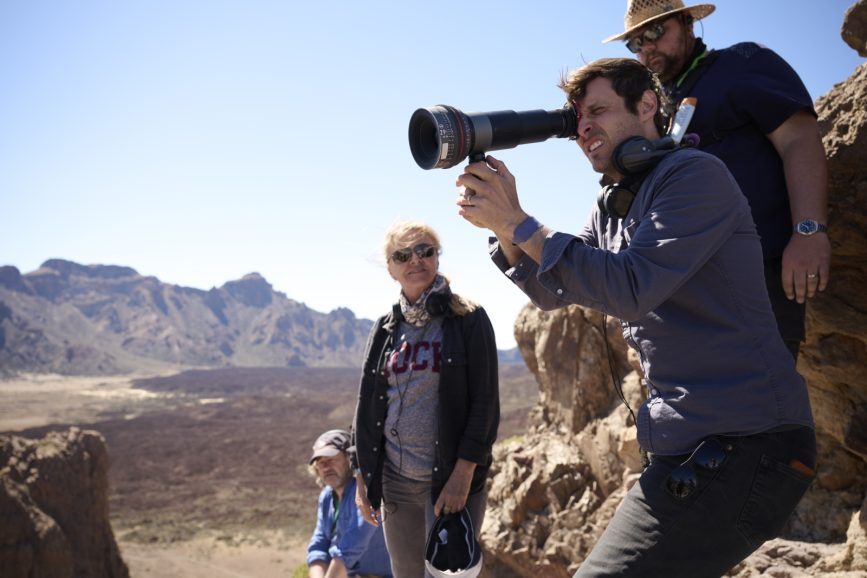
Rose is particularly fond of the spider nest/Isildur fight, which resembles a cave but was actually the carcass of a giant arachnid. “During preparation, the set underwent various changes; we needed a walk space with enough headroom for a horse, structures for the actors to be tied to that could be easily removed, and ample floor space for the fight.
The sequence was extensively storyboarded to help the stunts, VFX, and camera teams understand the requirements. They removed one main wall to insert a 23-foot telescopic Scorpio, aiming for a handheld feel while enabling quick movement in three dimensions. Using a DJI Ronin 2 and instead of wheels, they employed a DJI Force Pro module for camera control. A rig was built with a monitor and the remote controller attached to handheld bars, which then controlled the gimbal. The setup responded instantly, providing the agility I was after for this dynamic sequence.
Another favourite aspect for Rose was utilising wire cameras. “Working with Gavin Weatherall and Chris Hinch at Wire Rig Co, we installed a 2.5D system inside the Eregion Forge, and a 2D straight line above the Harbour Town,” he says. “We flew into the harbour and dropped down into dialogue between Galadriel and Elrond between ranks of soldiers and horses, all in one continuous dynamic move. Lots of fun. Across my block I took much of my lead from Alex, we could see what was being planned and we wanted to keep the ambition high while serving our stories as best we could.”
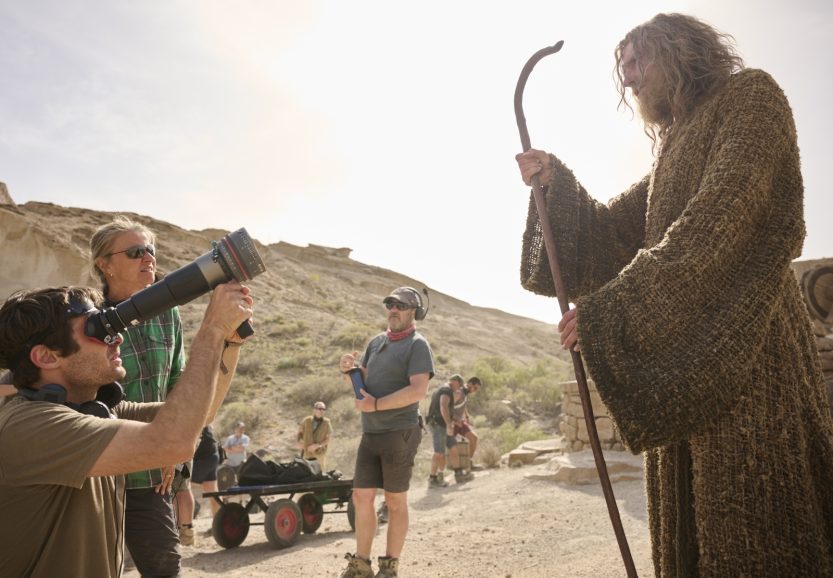
VFX heroes
The VFX team received ample praise for their contributions. “We primarily used blue screen, as the contamination is more controllable, and that choice was driven by VFX,” Gossart explains. “Jason was great at communicating the final plan. We worked together to ensure the best on-camera capture and integration for future DMP.”
Rose mentions that Maxim Baldry, who plays Isildur, wanted to do as much of the stunt work as possible in the Spider Fight, which greatly aided in achieving continuous shots. “On top of that, the VFX team manhandled a puppet for him to fight. It was super claustrophobic; the fight was dirty and desperate, plus we had a real horse in there too. The resulting close interactive VFX work led by supervisor Jason is astonishing.”
Unlike many other shows, the production had the resources to build enormous sets. “We used blue and green screens, mostly for set extensions. I prefer blue screen because it has less pervasive spill than green. However, it depended on the situation, as our costumes featured earth tones—browns, greens, and muted reds. We often lit with firelight, which made blue screen work well due to its contrast with those colours, while green is closer to the palette. When shooting, you want the colour that provides the most separation from your foreground.”
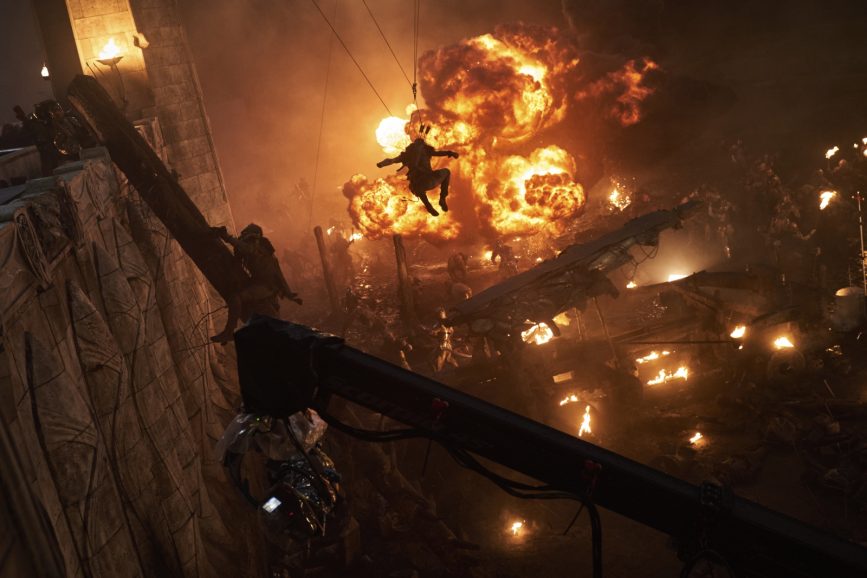
For Disenhof, it was “the big one shot” in episode eight. “The showrunners specified in the script that they wanted a single shot featuring the orcs invading and overrunning the city, culminating with our hero, Galadriel,” he recalls. “To develop the shot, Charlotte and I spent a lot of time walking our backlot set and letting our imaginations run wild. We then went into the production’s virtual screening room and continued developing our idea using Epic Games Unreal Engine, which allowed us to get exact measurements of our camera movement and share what we would see with every department.
“The shot began on a Scorpio 45 crane that lead the orcs as they overran a large courtyard. The camera then soared up to a second-story walkway, where it was handed off to a stuntman, who followed an elf as he ran and jumped two stories down into a narrow alleyway in another part of the city. The stuntman was attached to a descender rig (which is a cable suspended to a large overhead crane), which allowed him to jump the five meters or so and land safely. The camera was then handed to a grip who carried it the rest of the way. The camera was on a small stabilised system called the Stabileye, which allowed it to be passed between the crane and the two different operators. All of this took place while multiple explosions rocked the set and intense fighting weaved in and out of frame. In the end, the shot is a great example of every department coming together and working at the very top of their game to achieve something unique.”
Despite the many challenges faced both on-set and on-location, the production has a stunning look. “You win some and you lose some; you just have to carry on,” Disenhof reflects. “The experience was made smoother thanks to Laurie and Jean-Philippe, two exceptionally talented DPs.”



